
| |||
|
The Life and Times of NR60Y
The Menasco Wedell-Williams By Charley Humphrey
In 1932, Jimmy Wedell and the boys in Patterson, Louisiana, began constructing a racer designed to compete in the lower displacement classes. The ship was actually a rebuild of NR10337, which was originally built as the Wedell-Williams Air Service entry in the 1930 All-American Flying Derby. Better known as the Cirrus Derby Race, the rules required entrants to be powered by an American Cirrus Mk III or a Cirrus Ensign.
|

The 1933 National Air Races were a little strange. In the Bendix race, Roscoe Turner placed first in his Wedell-Williams racer NR61Y and Jimmy placed second in #44. No one else even finished. Russell 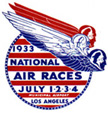 Boardman in the Gee Bee R-1 crashed fatally in Indianapolis, Russell Thaw ground-looped his Gee Bee R-2 in Indianapolis, Lee Gelbach didn't finish in #92 because he hit a fence on the way to Los Angeles and pranged her up something awful, Ruth Nichols had an engine failure in her Lockheed Orion. The Laird Solution, Chance Flying Wing, and the Seversky racer were all non-starters. In the Thompson Trophy Race, Roscoe Turner initially won, then the judges claimed he cut a pylon, grabbed his trophy and handed it to Jimmy Wedell, who had come in second. Boardman in the Gee Bee R-1 crashed fatally in Indianapolis, Russell Thaw ground-looped his Gee Bee R-2 in Indianapolis, Lee Gelbach didn't finish in #92 because he hit a fence on the way to Los Angeles and pranged her up something awful, Ruth Nichols had an engine failure in her Lockheed Orion. The Laird Solution, Chance Flying Wing, and the Seversky racer were all non-starters. In the Thompson Trophy Race, Roscoe Turner initially won, then the judges claimed he cut a pylon, grabbed his trophy and handed it to Jimmy Wedell, who had come in second.
All of that bad juju floating around the '33 NARs and you just know that 60Y was doomed. MacDonald ran it through some heat races and its performance was less than historic. Poor turn-of-speed was blamed on improper settings on the ground-adjustable propeller, as well as carburetor trouble on the Menasco. As MacDonald taxied in after being flagged down, the Menasco backfired, igniting the fuselage fabric which burned fiercely and completely before anyone could extinguish the flames. The Menasco was removed, the plane disassembled, and NR60Y was left derelict in the back of a hangar after the races. NR60Y's Menasco was installed on another racer in 1933 that was built in collaboration with the Delgado Trades School in New Orleans. It was also licensed as a Model 22, but was in fact an entirely different ship given the registration NR64Y. The forward fuselage, wings, and gear were built by Wedell-Williams, but the rear fuselage, tail surfaces and tail cone were built by students at Delgado. Jimmy flew the new Model 22 at the 1933 Chicago International Air Races in the 550 cubic-inch displacement race, but did not finish. 64Y was taken back to Louisiana for rework, but Jimmy's death in 1934 while giving instruction in a de Havilland Moth prevented any real discovery of potential in the racer. Meanwhile, 60Y languished in the Western Airways hangar in Los Angeles until Dave Elmendorf purchased the remains in late 1934. He rebuilt the racer, hung another Menasco B6 on it, painted it red and silver, and took it to Cleveland for the 1935 Nationals. Once again it failed to be as fast as it looked (don't they all!?) and placed seventh in the Greve Trophy Race. 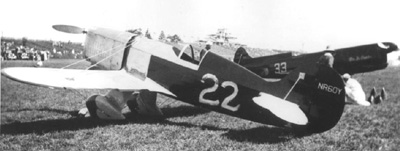 NR60Y, with hastily whitewashed race number at 1935 NARs, next to Marion McKeen's Miss Los Angeles 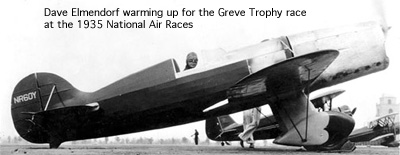 Elmendorf moved on to brighter pastures and raced the Keith Rider R-5 Jackrabbit, race number 22 in tribute to his first love, 60Y. He also flew the strangely titled Elmendorf Special, which became the Marcoux-Bromberg racer. 60Y was last seen in a Los Angeles aviation graveyard in just prior to being scrapped during World War 2. It is assumed that it went to war as a destroyer or mess kit. 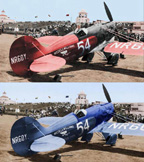 For those two of you who care, there seems to be some debate about the paint scheme of 60Y while Wedell-Williams operated it. Aero Digest, Robert Hirsch and Truman Weaver all claim that it was a frightening two-tone blue with an occasional silver separation stripe. The Wedell-Williams Museum in Patterson maintains that it was the traditional Wedell-Williams red and black, and their assumptions are based on testimony of ex-Wedell employees. So, there are eyewitnesses on both sides of the fence. It is my opinion that the red and black would have looked eminently better and, therefore, faster; based on actual performance, it must have been two-blue. For those two of you who care, there seems to be some debate about the paint scheme of 60Y while Wedell-Williams operated it. Aero Digest, Robert Hirsch and Truman Weaver all claim that it was a frightening two-tone blue with an occasional silver separation stripe. The Wedell-Williams Museum in Patterson maintains that it was the traditional Wedell-Williams red and black, and their assumptions are based on testimony of ex-Wedell employees. So, there are eyewitnesses on both sides of the fence. It is my opinion that the red and black would have looked eminently better and, therefore, faster; based on actual performance, it must have been two-blue.
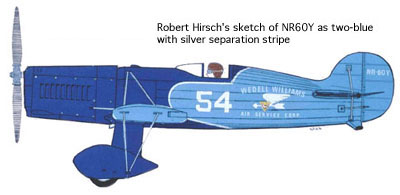 | ||
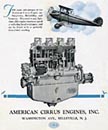

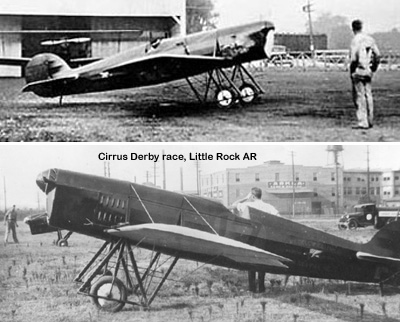
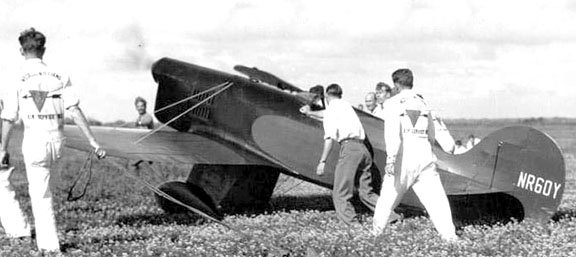 NR60Y with Cirrus Hi-Drive from NR10337 at local air show
NR60Y with Cirrus Hi-Drive from NR10337 at local air show Jimmy and Harry at the board
Jimmy and Harry at the board